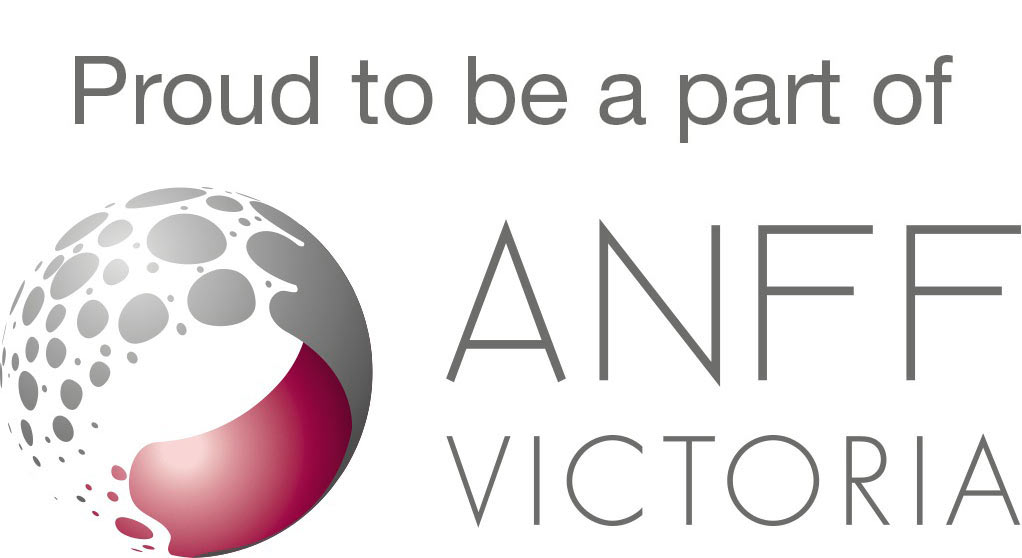And the winner is…
The votes are in, the ANFF-VIC Image of the Year Competition has been won by Dr Tridib Saha for his submission, “Rebel”, following a public vote on our twitter page.
Tridib’s work on improving the efficiency of ultraviolet (UV) sensors produced the image, demonstrating that nanofabrication is not only important, but also easy on the eye.
Tridib’s research required the creation of zinc oxide nanostructures on a piezoelectric crystal, langasite. The result is a ZnO-based thickness shear mode resonator that has demonstrated exciting benefits over predecessor technologies. The device, once refined, could potentially be used to generate low-power UV sensors, and therefore as energy-efficient alternatives for a feast of remote sensing applications.
Tridib’s work was conducted at Monash University Malaysia and characterised in part at the Melbourne Centre for Nanofabrication (MCN). MCN’s laser Doppler vibrometry equipment was used to take non-contact measurements of the surface of Tridib’s ZnO sensor.
ANFF-VIC would like to thank all of this year’s competitors and all of those who voted. The full submissions list is linked below and make sure you enter next year’s competition.



